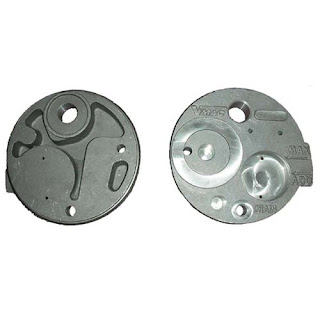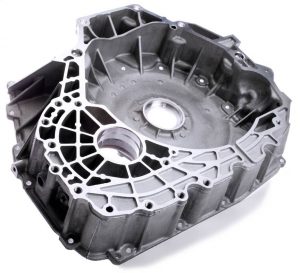Metal Parts in a Die Casting Industry
The earth these days is
far different from the days before due to the acceleration
of technological know-how. This is why brands see the relevance of each
compartment as it plays a significant
role in their functionality. Die casting is a processing process to cast metal
products and solutions. Apparently, metals
work efficiently with different establishments. There are two major types and
various designs in practice design. The method is acceptable for the rapid
development of metallic parts that will need negligible post-production
machining.
The Significant Gains Incorporate:
•
Premium quality: Parts built to offer a long service lifetime.
• High trustworthiness: Persistence of mass-produced spaces is remarkable.
• Versatile design: This makes any volume, surface texture, part geometry, or luster.
• Quick Production: This style of tooling desires minimal maintenance.
• Minimal assembly: The assembly capabilities are drill holes, studs, and bosses. These are being enclosed in mold design.
• High trustworthiness: Persistence of mass-produced spaces is remarkable.
• Versatile design: This makes any volume, surface texture, part geometry, or luster.
• Quick Production: This style of tooling desires minimal maintenance.
• Minimal assembly: The assembly capabilities are drill holes, studs, and bosses. These are being enclosed in mold design.
Applications of Techniques
This is a course of action
that is being composed of critical
applications. Any process that consists of high-volume metal parts will likely
advantage. Numerous manufacturing industries at this time depend on one or
different types of processes, like the aerospace, auto, and power tools
industries.
Forms of Die Casting Processes
All techniques have the
same purpose in mind- to cast a mold by way of injecting molten metal. This
depends on the form of melted metal, part size, and part geometry.
Unsurprisingly, these are the techniques that bring more significant results on
the enhancement approaches. The two principal types are cold-chamber and
hot-chamber. Disparities include low-pressure, vacuum type, squeeze and
semi-solid.
The Hot-Chamber Practice
This is most often identified as gooseneck casting.
Most of the time, these are famous among the processes. The injection’s
cylinder chamber is being engrossed in the molten metal bath. While direct
immersion makes it possible for practical and quick mold injection, it results
in an enhanced corrosion susceptibility. For that reason, the hot-chamber
process is perfect for applications that utilize metals together with high
fluidity and low melting points.
The Cold-Chamber Approach
This course of action is
similar to the first type brought up. With a design that focus solely on
decreasing machine corrosion than production productivity, the melted metal is
hand-ladled in the injection system. This diminishes the need for the injection
musical instrument to throw in the molten metal bath. For application and uses
that are too corrosive, the cold-chamber approach is an excellent substitute.
If you want to experience
a smooth sailing operation, ensure that to concur with this process!


Comments
Post a Comment